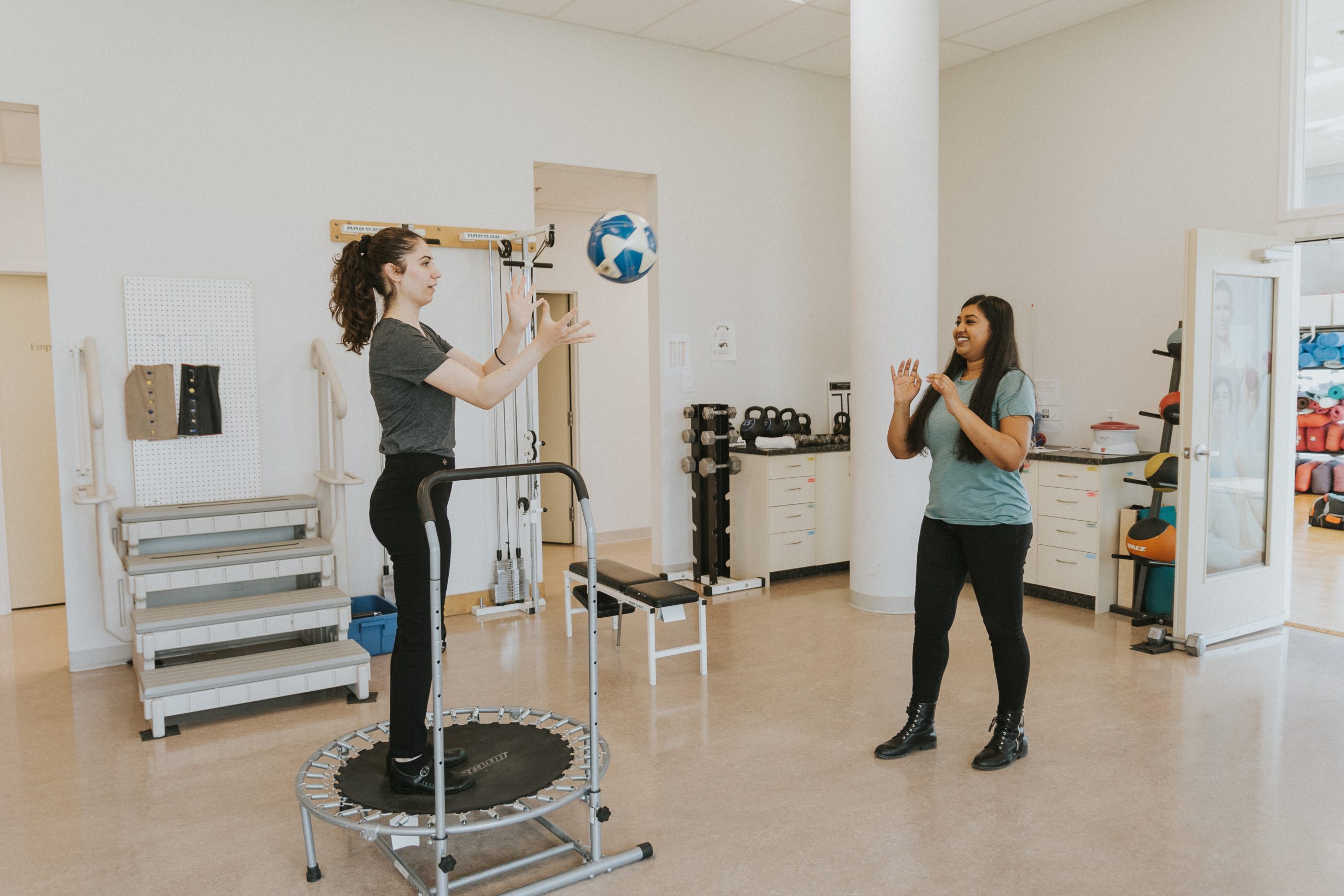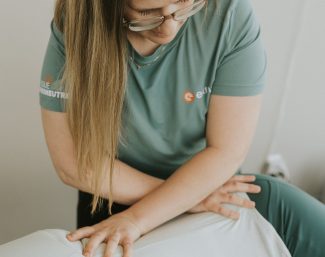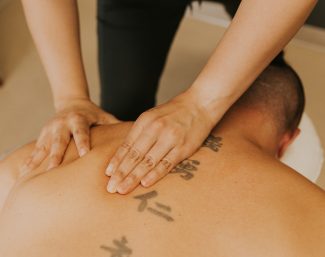
Spring is a season of renewal and fresh starts, making it the perfect time to reassess daily routines and regain independence after an injury or health setback. You may have heard the terms “Activities of Daily Living” and “Instrumental Activities of Daily Living” —but what do they really mean, and why are they important? These terms, often shortened to ADLs and IADLs, are crucial for understanding someone’s ability to live independently. While they both relate to everyday tasks, there’s a key difference.
ADLs: The Foundation of Independent Living
ADLs are the fundamental activities we perform every day that are essential for self-care and well-being. Think of them as the building blocks of independent living. If you struggle with these tasks, you may require significant assistance. Examples of ADLs include:
- Bathing/Showering: Washing oneself, including getting in and out of the tub or shower.
- Dressing: Putting on and taking off clothes.
- Eating: Feeding oneself.
- Toileting: Managing bowel and bladder functions as well as the ability to get to and from the toilet, use it appropriately, and clean oneself.
- Mobility/Transferring: Moving from one place to another, such as walking, getting in and out of bed, or transitioning from a chair.
- Personal Hygiene: Grooming, including oral care, hair care, and nail care.
IADLs: The Skills That Support Independent Living
IADLs go beyond self-care and involve interacting with the world around us. These tasks are more complex and require greater cognitive and organizational skills that are essential for living independently. Examples of IADLs include:
- Managing Finances: Paying bills, budgeting, and handling bank accounts.
- Shopping: Grocery shopping and purchasing other necessities.
- Meal Preparation: Planning, preparing, and cleaning up after meals.
- Housekeeping: Cleaning, doing laundry, and maintaining a safe living environment.
- Transportation: Getting around, whether by driving, using public transportation, or arranging for rides.
- Communication: Using the phone, writing emails or letters, and managing mail.
- Medication Management: Taking medications as prescribed and refilling prescriptions.
Why Are ADLs and IADLs Important?
Both ADLs and IADLs are crucial for maintaining independence and a high quality of life. However, after an injury, individuals may struggle with these tasks due to physical limitations, pain, or cognitive challenges. Assessing and addressing these difficulties determines a person’s autonomy and their ability to safely remain in their homes and engage in their community.
How Can an Occupational Therapist Help?
Occupational therapists (OTs) are trained professionals helping individuals regain independence in ADLs and IADLs after an injury. Here’s how they can assist:
Personalized exercise programs & task simulations: Help individuals regain lost strength and skills needed for daily tasks.
Adaptive equipment & modifications: OTs can recommend and train individuals to use assistive devices like grab bars, dressing aids, or adaptive kitchen tools.
Energy conservation & pain management: Teach techniques to reduce pain and complete tasks more efficiently.
Cognitive & emotional support: Address memory, attention, and emotional challenges that impact daily activities.
Spring Into Action!
As nature awakens, it’s time to take steps toward renewed independence. Whether you’re recovering from an injury or looking to support a loved one, an occupational therapist can help create a tailored plan for a more active and independent life.
🌷 Ready to regain your independence? Contact us today to learn how occupational therapy can help!
References:
Canadian Occupational Performance Measure
National Library of Medicine





